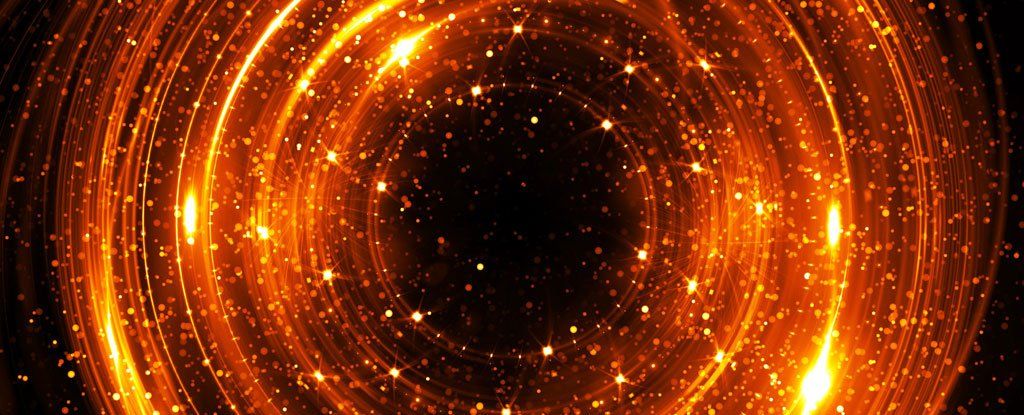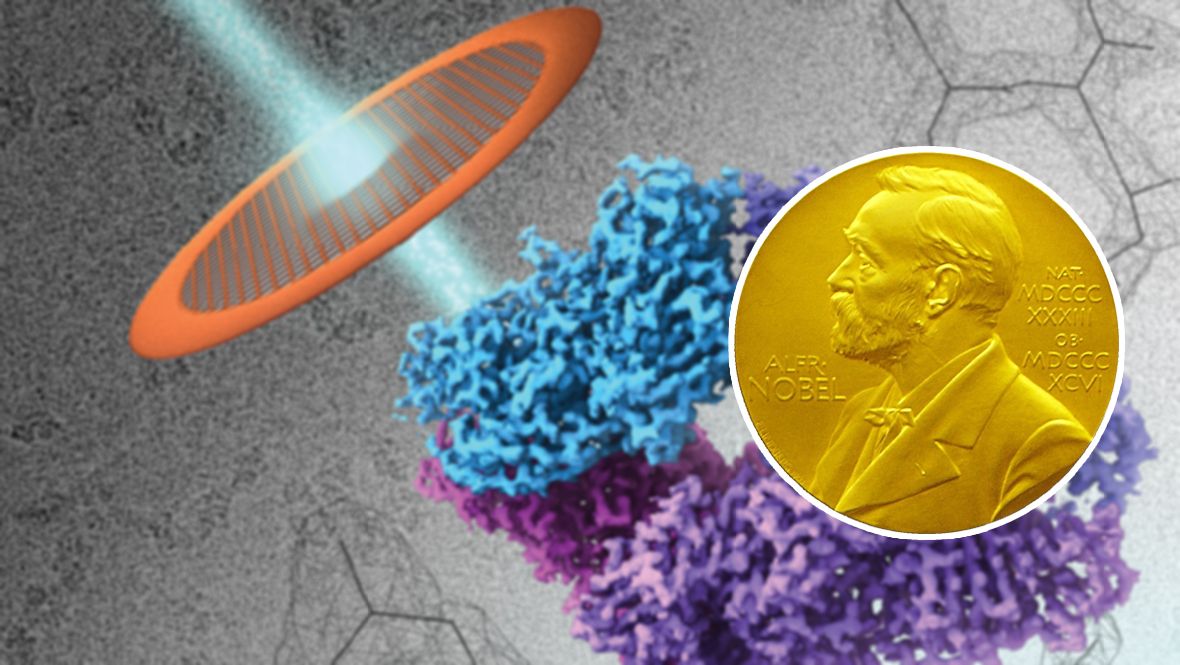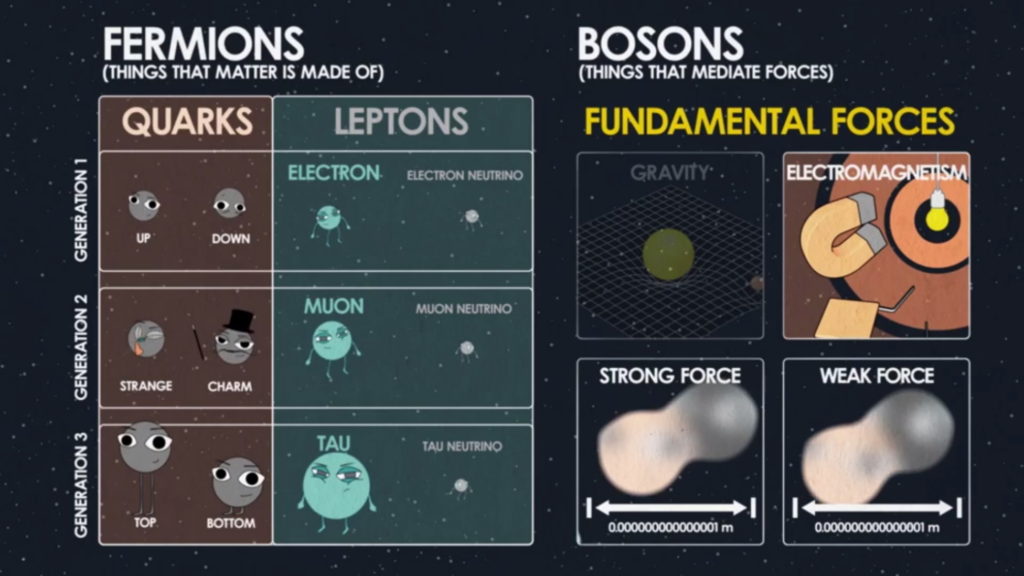Oct 7, 2017
A Rare Element From The Edge of The Periodic Table Is Breaking Quantum Mechanics
Posted by Shailesh Prasad in categories: chemistry, quantum physics
There’s a lot we don’t know about the actinides. On the periodic table, this series of heavy, radioactive elements hangs at the bottom, and includes a host of mysterious substances that don’t naturally occur on Earth.
Among this cast of unknowns, berkelium looks to be even stranger than we realised. New experiments with this incredibly rare synthetic element have shown that its electrons don’t behave the way they should, defying quantum mechanics.
“It’s almost like being in an alternate universe because you’re seeing chemistry you simply don’t see in everyday elements,” says chemist Thomas Albrecht-Schmitt from Florida State University.


















